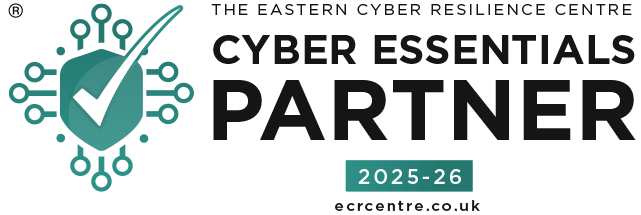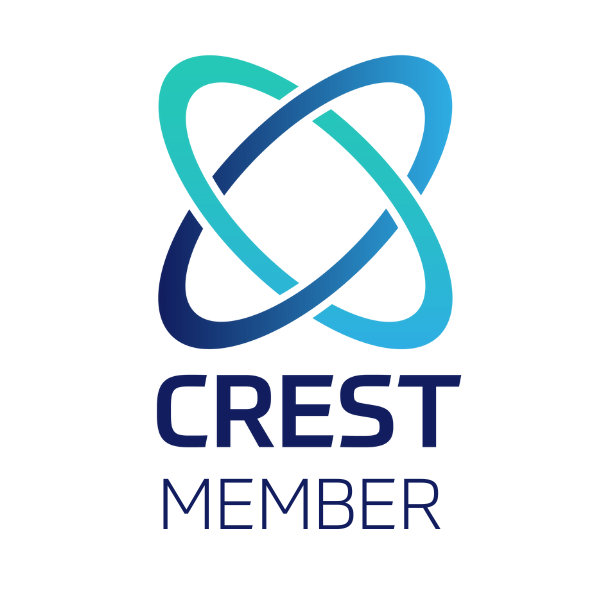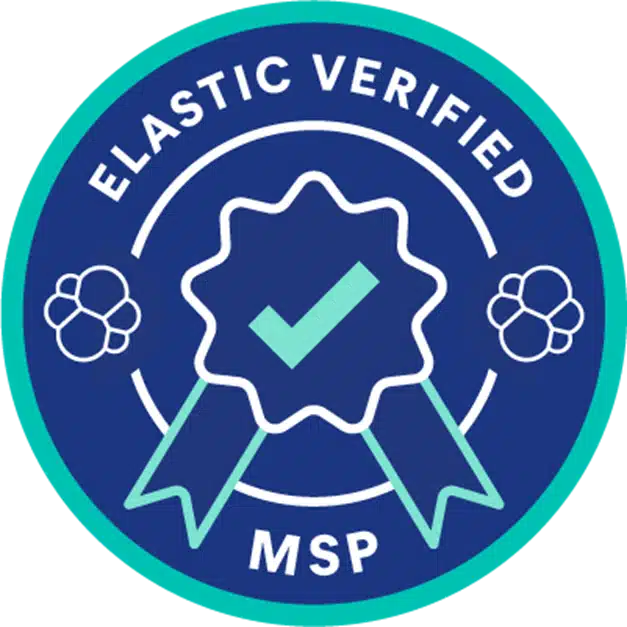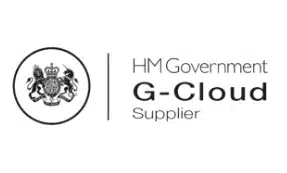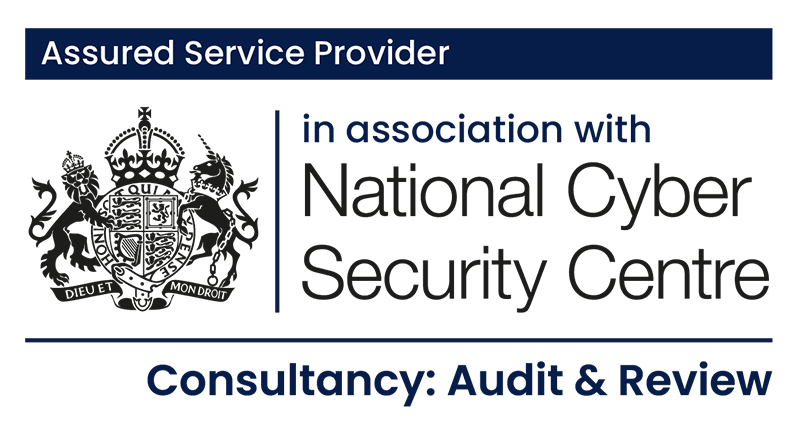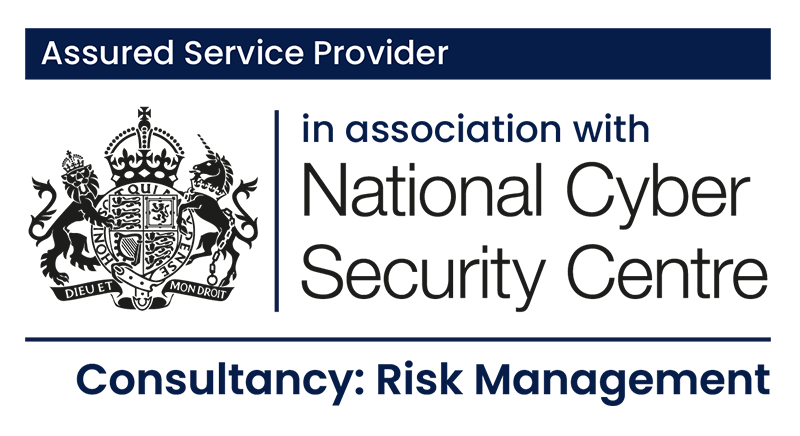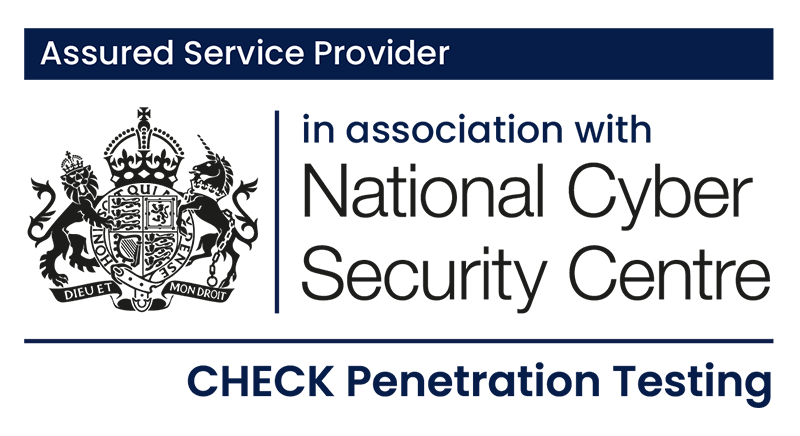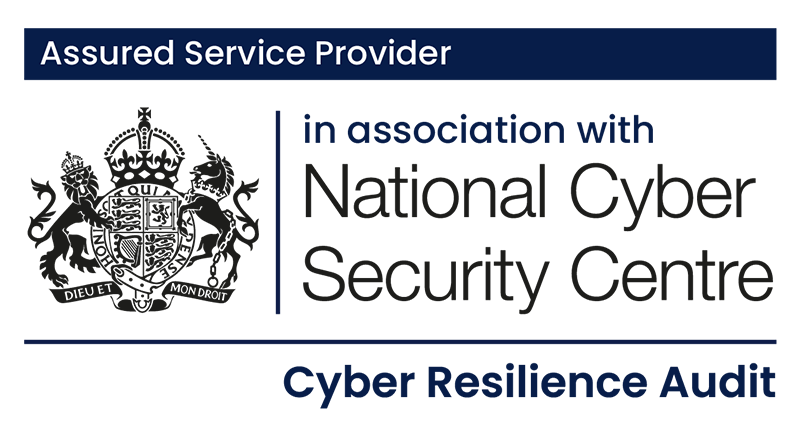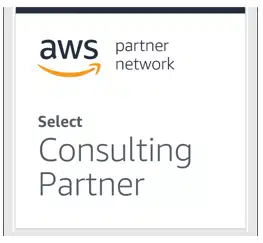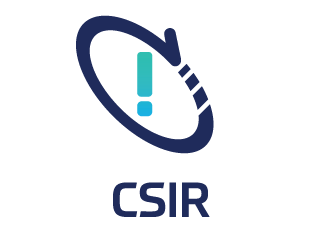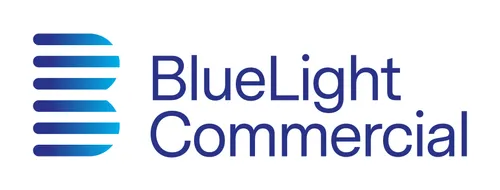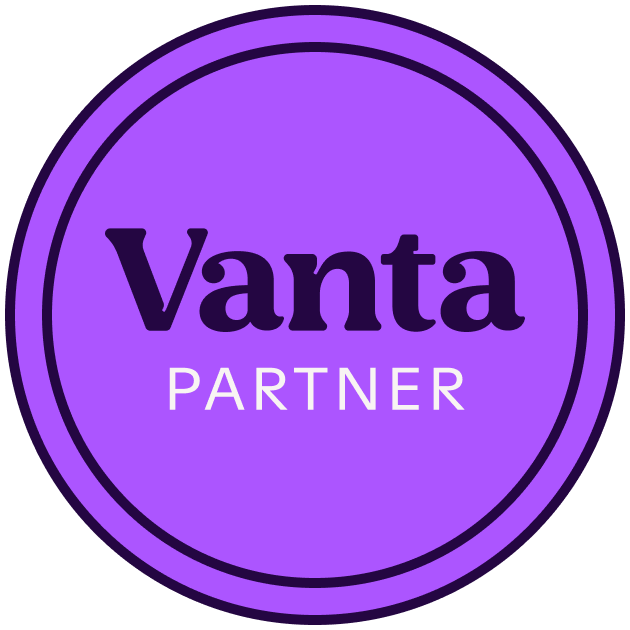The rise of AI tools has been the fastest technology adoption curve in history. In under two years, millions of small businesses have started using tools like ChatGPT, Claude, and Midjourney to write marketing copy, summarise reports, or answer customer questions.
But as AI gets smarter, the risks become sharper and so does the need for governance.
The Double-Edged Sword of AI in SMB’s
AI can turbocharge productivity. It drafts documents, analyses trends, and automates repetitive admin at a fraction of the cost of human time. But behind the promise lies a fundamental truth: AI is only as safe as the data and instructions you feed it.
When staff paste client information, financial details, or internal plans into public AI tools, that data can be stored, processed, and used to train external models. It leaves your organisation permanently exposed, even if the upload was “just a quick test.”
Real-World Warnings
- Samsung engineers accidentally leaked confidential source code by asking ChatGPT for help debugging it.
- AI-generated phishing and voice cloning are now indistinguishable from the real thing -cybercriminals use these tools to impersonate CEOs and authorise fraudulent payments.
- Marketing teams have faced copyright and privacy disputes after publishing AI-generated content built on protected data.
- One SME experimenting with agentic AI bots – autonomous systems that act via APIs – accidentally flooded its internal Slack with thousands of automated messages, paralysing workflow for a day.
These aren’t hypothetical. They’re the early warning signs of a new risk class: AI misconfiguration and misuse.
Governance Is the New Firewall
AI governance doesn’t mean bureaucracy; it means boundaries. Businesses need to start taking this seriously and start by mapping where AI touches their business. For example, key questions which should be asked to assess where and how AI is being used in a business include:
- What tools are employees using?
- What data do they process?
- Where do outputs go (to clients, websites, systems)?
Then, once you have answered the questions, a one-page AI Usage Policy should be created covering:
![]() Approved tools and when to use them.
Approved tools and when to use them.
![]() Data rules – never input confidential or identifiable information into public models.
Data rules – never input confidential or identifiable information into public models.
![]() Oversight – who reviews outputs before publication.
Oversight – who reviews outputs before publication.
![]() Accountability – who owns AI risk in your organisation.
Accountability – who owns AI risk in your organisation.
Once you know where AI sits in your workflow, your MSP can help enforce controls like data loss prevention, sandboxing, and access logging.
The “Human in the Loop” Principle
AI is powerful but not autonomous. Even so-called “agentic” systems need human supervision.
Every AI-driven process should have a human checkpoint before any irreversible action happens (emails sent, payments triggered, data deleted).
Think of AI as an intern – fast, tireless, but prone to confidently getting things wrong.
Security Opportunities
There’s good news too: AI can strengthen your defences when used wisely. Modern detection tools use machine learning to identify anomalies faster than human analysts ever could. AI can summarise logs, flag risky behaviour, and help non-technical teams spot patterns they’d otherwise miss.
The difference between risk and reward is control.
Policy, People, and Partnership
The SMB advantage is agility, you can adapt faster than enterprises. Use that agility to get ahead with a few simple practices:
- Assign an AI Lead to track developments, risks, and opportunities.
- Include AI in your risk register and data governance policies.
- Educate your teams: if they don’t understand how AI handles data, they can’t use it safely.
- Work with your MSP to implement guardrails, such as API monitoring, MFA, and content-filtering on AI platforms.
Final Thoughts
AI isn’t the enemy. It’s the next evolution of productivity, and those who learn to govern it early will win. But governance can’t lag behind adoption.
As one security researcher put it: “AI doesn’t just make your business faster – it makes your mistakes faster, too.”
The question isn’t whether you’ll use AI; it’s whether you’ll use it safely. For more information about Cyberfort AI governance, risk and security services contact us at [email protected] and one of our experts will be in touch.


